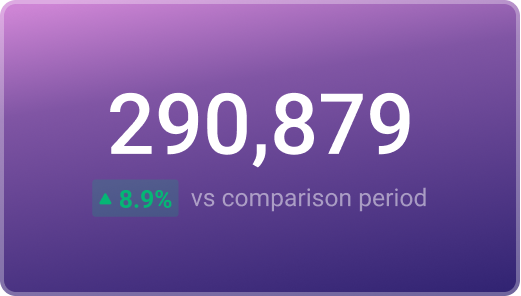Track all of your key business metrics from one screen
GET STARTED
 Xero
Net Cash Flow
Xero
Net Cash Flow Net Cash Flow is a financial metric that measures whether a business has more cash inflows than outflows (surplus) or more outflows than inflows (deficit) in a given period.
With Databox you can track all your metrics from various data sources in one place.

Used to show a simple Metric or to draw attention to one key number.
Databox is a business analytics software that allows you to track and visualize your most important metrics from any data source in one centralized platform.
To track Net Cash Flow using Databox, follow these steps:
 Goals
Goals Scorecards
Scorecards Metric Digest
Metric Digest Metric Builder
Metric Builder Data Calculations
Data Calculations Performance Screen
Performance ScreenThis dashboard provides insights into net cash flow, bank balances, cash inflows and outflows, and key cash flow metrics like days payable/receivable and outstanding payments. It helps businesses monitor liquidity and optimize financial planning.

This report gives a snapshot of financial results using Xero data on income, expenses, cash flow, balance sheet, and overall financials, supporting informed financial decisions.

